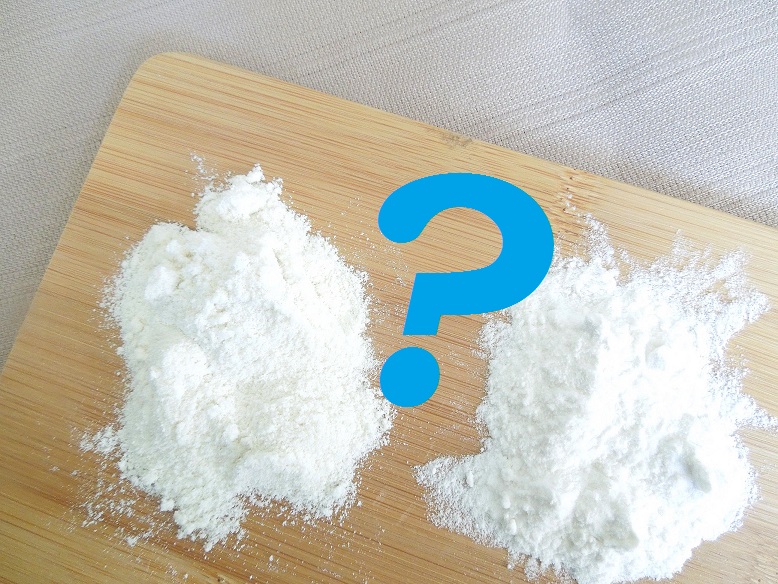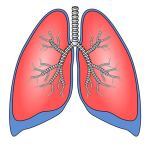Types Of Whey Protein
The three types of whey protein are:
Concentrates (WPC) – whey protein concentrates are processed in such a way that they still contain some lactose, fat and cholesterol. Protein content may be as low as 30% up to 80%. Concentrates may be denatured or undenatured.
Isolates (WPI) – whey protein isolates are processed to remove all lactose, fat and cholesterol. Protein content is 90% and higher. Isolates may be denatured or undenatured. Higher protein content in undenatured isolates, compared to concentrates, means higher levels of bonded cysteine and glutamylcysteine used for glutathione production – and thus better immune response.
Hydrolysates (WPH) – whey protein hydrolysates are predigested and partially hydrolyzed to break down proteins into smaller peptides to make absorption easier. Hydrolysates are usually denatured, but some may be undenatured.
All types of whey protein on the market today range greatly in their manufacturing standards and quality control, protein content, protein composition, the forms of immune boosting proteins, additives, and many other factors such as fat, cholesterol and lactose content, but especially – they differ greatly in the degree of processing and the level of denaturation which greatly affect the bioactivity of a whey protein in the body.
Only undenatured whey proteins (preferably as WPI as explained above) supply the cells with bonded cysteine that is used for glutathione production within the cell.
To learn more about immune health benefits of specifically undenatured whey protein and how it differs from denatured products visit our page Undenatured Whey Protein.
Further reading:
Glutathione (GSH) – what it does in your body and why it is important
Cysteine – the limiting factor in cellular glutathione production
Return to Top of Types of Whey Protein



